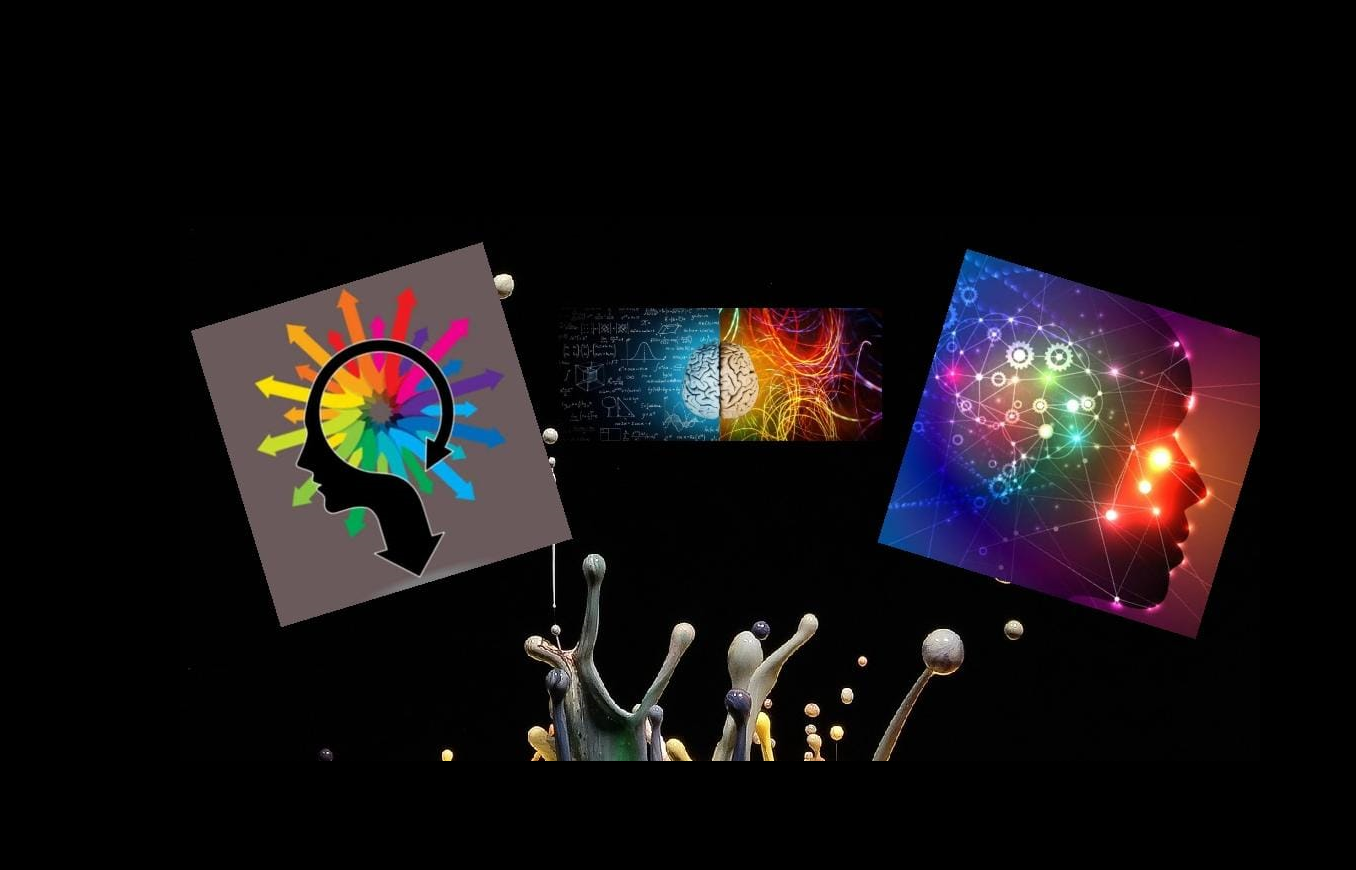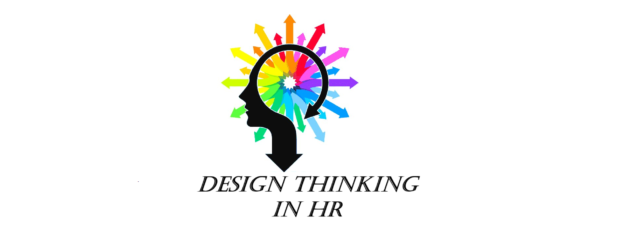Design thinking is a non-linear, iterative process that teams use to understand users, challenge assumptions, redefine problems and create innovative solutions to prototype and test. It is most useful to tackle ill-defined or unknown problems and involves five phases: Empathize, Define, Ideate, Prototype and Test.
With this in mind while we embark on a journey into the innovative realm of Design Thinking in Human Resources (HR), a holistic and human-centered approach that revolutionizes the way organizations engage with their workforce. Design Thinking is not merely a methodology; it is a mindset that infuses the HR landscape with creativity, empathy, and a relentless pursuit of solutions that resonate with the intricacies of the human experience in the workplace.
At its core, Design Thinking in HR is a departure from conventional problem-solving approaches. It recognizes that the most effective solutions emerge from a deep understanding of the end-users, the employees. By immersing themselves in the diverse perspectives, needs, and aspirations of the workforce, HR professionals employing Design Thinking unravel complexities and reveal opportunities for transformation.
The journey begins with empathy—an empathetic exploration of the employee experience. Design Thinkers in HR step into the shoes of employees, listening intently to their stories, understanding their pain points, and gaining insights that might elude traditional analytical approaches. This empathetic foundation sets the stage for a more nuanced understanding of the challenges faced by individuals within the organization.
Ideation becomes the next crucial phase, where the collaborative energy of cross-functional teams is harnessed to generate a myriad of innovative solutions. The emphasis is not on finding the ‘right’ answer immediately but on fostering a culture of creative exploration. This open-minded approach leads to the discovery of novel strategies, policies, and initiatives that resonate with the diverse needs of the workforce.
However, Design Thinking is not a linear process—it’s iterative. Prototyping and testing are integral components that allow HR professionals to refine and enhance their ideas based on real-time feedback. This iterative cycle enables continuous improvement, ensuring that the solutions implemented are not just effective but also adaptive to the evolving needs of the workforce.
Ultimately, Design Thinking in HR is a catalyst for cultural transformation. It encourages organizations to move beyond traditional, top-down approaches to problem-solving and invites every stakeholder to be an active participant in shaping the workplace of the future. The result is not only innovative HR practices but a cultural shift towards an organization that thrives on creativity, collaboration, and a deep understanding of its most valuable asset—the people who drive its success. Welcome to the world where HR is not just a department; it’s a dynamic force for positive change, guided by the principles of Design Thinking.
You must log in and have started this course to submit a review.
Course Content
About Instructor



